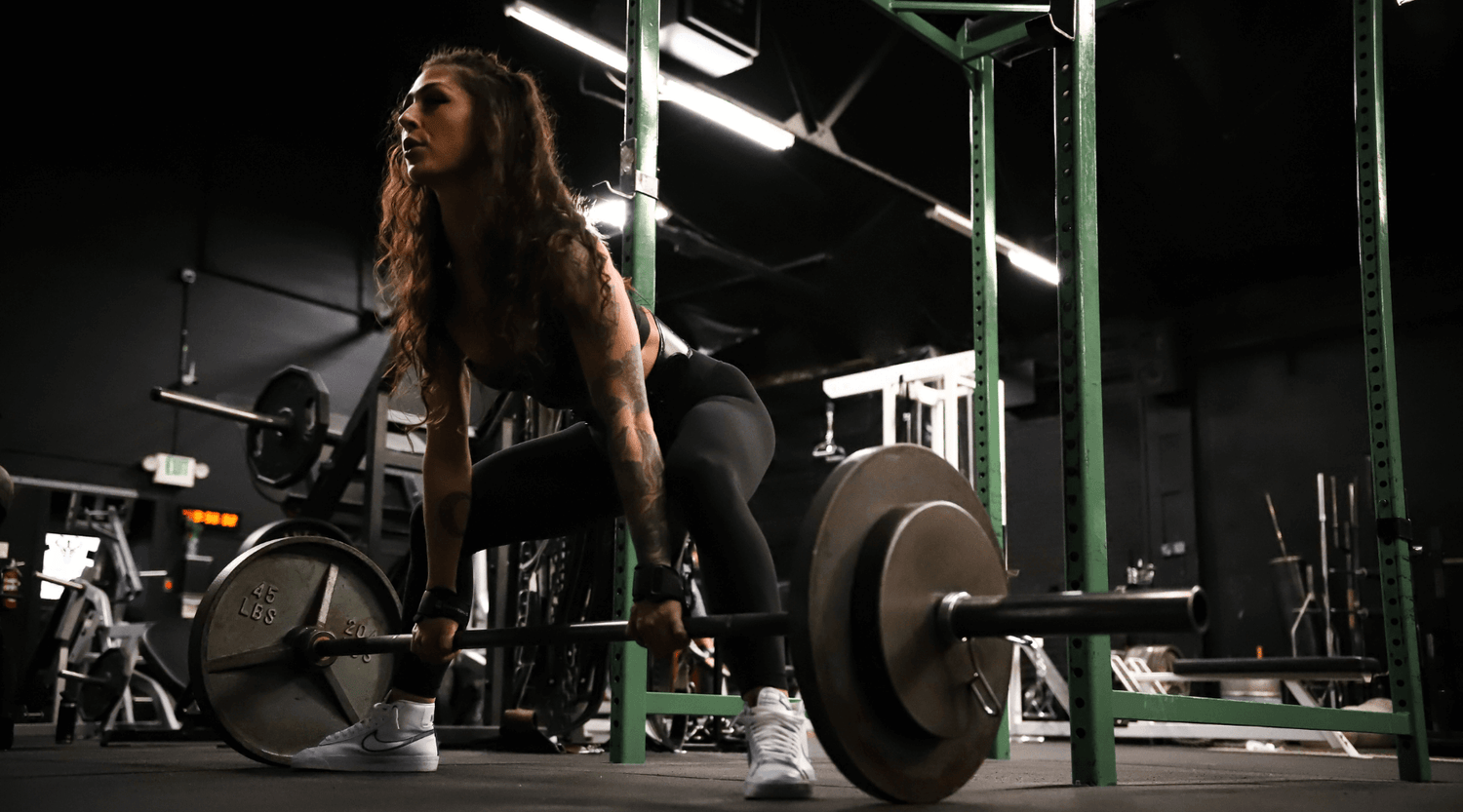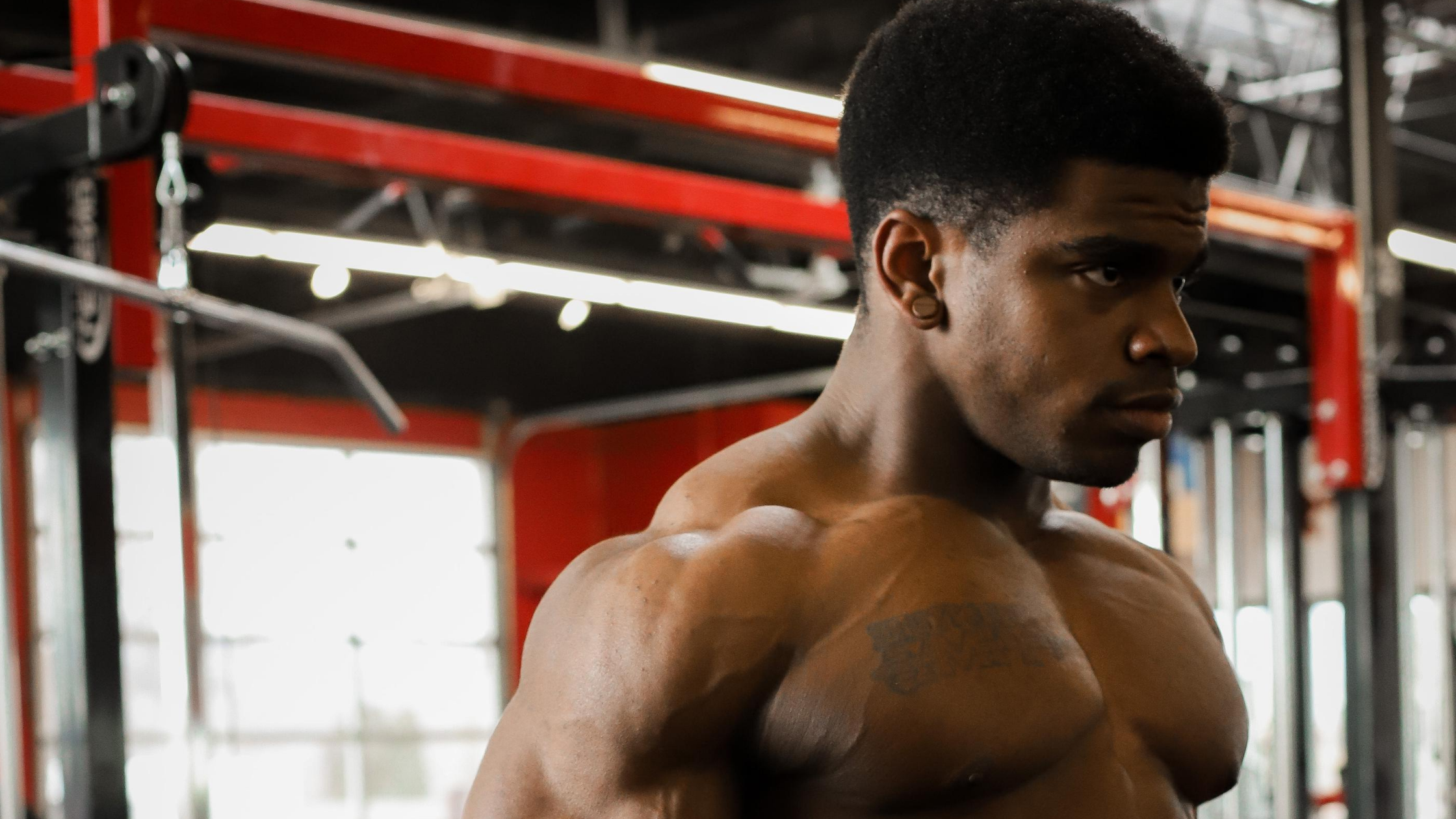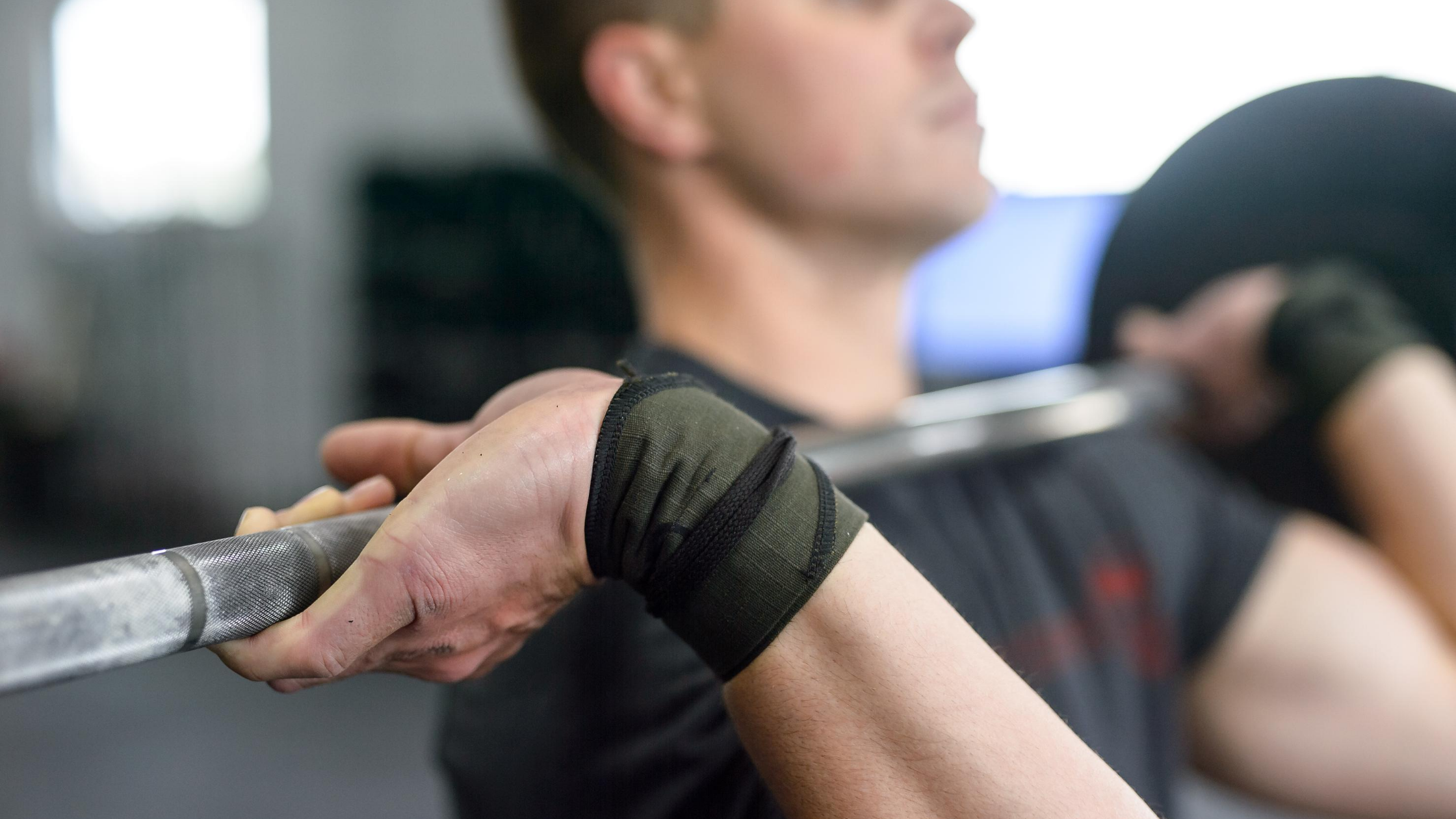You’ve probably been using traditional lifting straps for years. Unless you’re a person who believes that lifting straps are detrimental to progress and are some form of cheating. In any case, let’s be clear about the purpose of lifting straps.
Lifting straps are made to lessen the demands of the grip and allow the lifter to focus more on the motion aspects of a lift.
The decision to use lifting straps depends on what your training goals are overall, as well as what you’re trying to accomplish with a given session and with a particular exercise. Lifting grips are a version of lifting straps and are also designed to improve your grip on the bar. A big bonus of all lifting straps (in general) is that they help with people having elbow issues, such as golfer’s elbow.
If you’ve been eyeing lifting grips but haven’t tried them out yet, this article will help you make the right decision. We’ll break down common questions you might have and how lifting grips can help with your lifts.
You’ll also be able to determine which is a better investment based on material and durability. Let’s get started by highlighting what grip straps are.
What are weightlifting grip straps?
Although lifting grips (sometimes called CrossFit hand grips) are used by CrossFit athletes during WODs, they’re gaining popularity elsewhere due to their support while lifting or using the pull-up bar.
The benefits of using lifting grips include improved muscle definition with exercises like rows, pull-ups, deadlifts, shrugs, and more. So what are lifting grips?
Lifting grips are a powerful piece of equipment because they serve multiple purposes. Lifting grips work like traditional lifting straps by offering wrist support, while also providing palm protection.
The design features a durable grip material (leather or rubber) that can be worn flat against the palm or tucked around the bar like a hook. Lifting grips are also common in gymnastics because they help with bar grip control.

Shop Top Selling Lifting Grips
What are the different kinds of straps?
You’ve seen them. There are a few different types of lifting straps to choose from, depending on your experience and comfort level. Each style has its own advantages and disadvantages.
For example, a competitive powerlifter will use lifting straps for a different purpose than an average gym-goer who wants to pack on muscle. That’s why it’s important to know what you want to get out of lifting straps before choosing your preferred style.
There are three different (more common) styles of lifting straps: closed-loop straps, lasso straps, and Figure 8 straps. We’ve laid out the differences and benefits of lifting strap in this guide, so check out the comparisons. When looking at lifting grips specifically, again, they’re more common for people who are involved with CrossFit because they’re durable and prevent hand tears and calluses.
However, even if you aren’t into CrossFit but are looking for a better grip on the bar with less wrapping or clunky feeling, lifting grips are compact and adjust quickly so you can move through your workout with ease.
Lifting Grip Strap Material
The grip portion of the lifting straps is made from either leather or rubber material and is designed to fit around the size of your palm. The strap portion typically features padding material such as heavy-duty nylon, with a Velcro loop. If you’re worried about your grip slipping due to persistent sweating, admittedly that can pose a problem.
Leather and rubber simply aren’t as absorbent as cotton or nylon material, so moisture is more noticeable. However, it’s easy to wipe away the excess moisture without worrying about damaging them.
The grip material is reinforced with double stitching, which allows the lifting grips to hold their shape over time and remain flexible. With leather or rubber materials, it’s more about personal preference and cost.

Lifting Grips vs Straps
You might still be debating about which option is better: lifting grips or lifting straps? The best way to know is to put both to the test. Having used both types of straps, we can certainly tell a difference between the two.
For example, when using lifting straps on deadlifts, rows, and shrugs, you know that grip starts to slip as you near the last few reps. The main difference when using lifting grips is that grip doesn’t start to fail as quickly, giving you a tight and secure feel until the very last rep.
Another aspect of lifting grips is based on comfort. Ever feel like some lifting straps leave your wrists red or bruised after a hard lift? With lifting grips, the wrist strap portion typically features padded neoprene to shield your wrists from the added stress.
The biggest thing to consider when comparing the two is how each type of strap holds up over time. Although lifting straps are durable and can last, you’ll notice that they can start to look and feel worn down. Lifting grips on the other hand might experience similar cosmetic scuffs, but they will last much longer due to the grip material, extra padding, and reinforced stitching.

Why choose lifting grips?
The ultimate question is why opt for lifting grips? There are three main reasons why choosing lifting grips to help with your lifting grip could be the preferred choice.
1) The ease of use
You’ll spend less time fiddling with the lifting grips because there is no excess material to wrap around the bar. Not to mention the firm grip support you get around the bar.
2) Quick transitions
Lifting grips don’t require you to stop and focus on wrapping one hand/strap to the bar before moving on to the next side.
Instead, you can quickly loop the lifting grip portion around the bar and you’re ready to go. Reducing setup time, while focusing on the movement ahead.
3) Longevity and durability
By far, the best part about investing in lifting grips is that they’re resilient over time. It seems like the longer you use them, the more durable and flexible they become.
Lifting grips are bendable enough, yet give a sturdy grip that you can count on for years to come.
How to wear lifting grips
Figuring out your correct size should be the first step in the process. You don’t have to worry about the size of the grip pad because it’s a pretty standard size.
The only size that matters is the circumference of your wrist. Measuring around the wrist bone will help determine the right fit so you can train properly without unnecessary snagging or stress.
The extra benefit of lifting grips is that they can be used for pulling and pushing motions. Once you have the straps securely around your wrist, you’re ready for both. For pulling (and lifting) movements, you’ll want to curve the grip portion into your palm as it wraps around the bar.
This will allow you to quickly release the bar by simply letting go. For pushing motion, the grip pad should lay snug against your palm so you can benefit from the extra grip support.
The Verdict on Grips vs Straps
Lifting grips are a great tool for any serious or recreational lifter. By now, you know what their intended purpose is and how to get the most out of them by adding them to your training routine. Used properly lifting grips help maximize your training and, of course, your gains.
We’ve covered some common questions and how lifting grips can help with your lifts. You should be able to determine which option is a better investment based on material and durability. Are you convinced that lifting grips will level up your training? Gymreapers offers quality lifting grips to help you make the most out of your training.











Hinterlasse einen Kommentar
Alle Kommentare werden vor der Veröffentlichung geprüft.
Diese Website ist durch hCaptcha geschützt und es gelten die allgemeinen Geschäftsbedingungen und Datenschutzbestimmungen von hCaptcha.